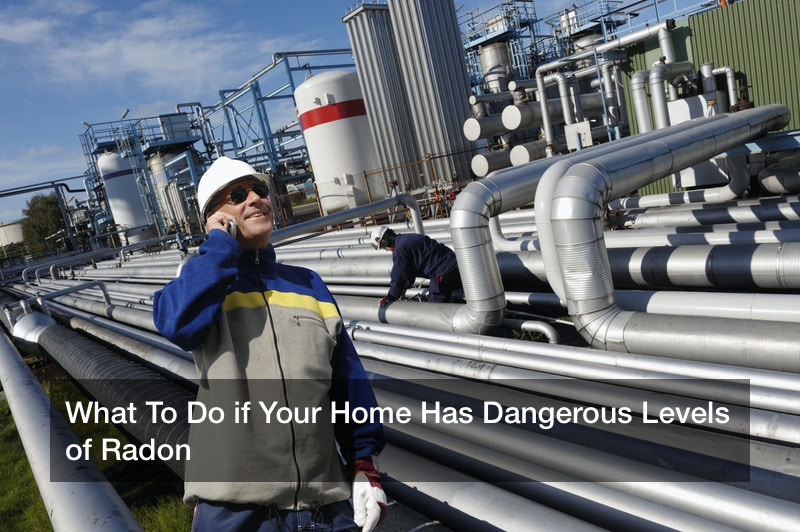
Radon gas has been called the silent killer, and the name is justified. Radon is a colorless, odorless gas that is difficult to detect without specialized equipment. It seeps undetected into homes through basements and crawl spaces and is responsible for thousands of deaths every year. For homeowners, learning about the dangers of radon gas and how they can be mitigated is necessary to ensure the safety of all inhabitants of the house. If your home has a radon problem, contractors who specialize in local radon mitigation and abatement can help to bring it down to safe levels.
What is radon gas?
Radon is an inert gas, that people may remember vaguely from their high school chemistry classes. What most people don’t know is that naturally-occurring radon gas can seep into homes and reach dangerous concentrations. While radon can’t be seen or smelt, it can cause serious health problems leading to death. According to the Surgeon General of the U.S. and the EPA, radon is responsible for as many as 20,000 deaths due to lung cancer every year.
Where is radon found?
Radon gas occurs naturally and over time, it seeps into homes and buildings through basements, crawl spaces and standpipes. It can build up to dangerous concentrations. The EPA defines dangerous levels of radon as concentrations over 4 pCi/L. A survey that covered seven states and three Indian lands found that almost a third of the homes had radon levels over this danger mark.
Radon has been found in old and new buildings, in homes across the nation. About one home out of fifteen in the U.S. has dangerous levels of the gas present. There’s no pattern to where radon can be found, so the only way to tell if your home has dangerous levels of the gas is to have the building tested. Usually, the contractors who carry out the radon testing will also offer local radon mitigation and abatement services.
How to get rid of radon
If your radon test results show dangerous levels of the gas in your home, the contractors will use several methods of local radon mitigation and abatement to bring the concentration down to safe levels. They can use passive systems to reduce indoor radon concentration by as much as 50%. In addition, if more radon abatement is necessary, ventilator fans can be installed to further decrease the level of radon gas present.
Radon gas is an invisible, deadly threat that can cause serious health problems leading to death. Homeowners should get their homes tested for radon gas to ensure that it does not exceed dangerous levels. If your home has excessively high levels of radon gas, local radon mitigation and abatement services can help to bring it down to safe levels as defined by the EPA.

